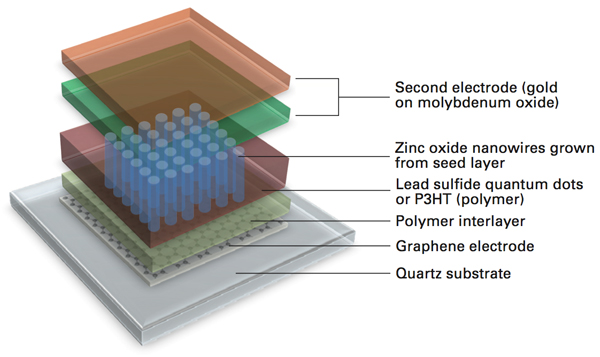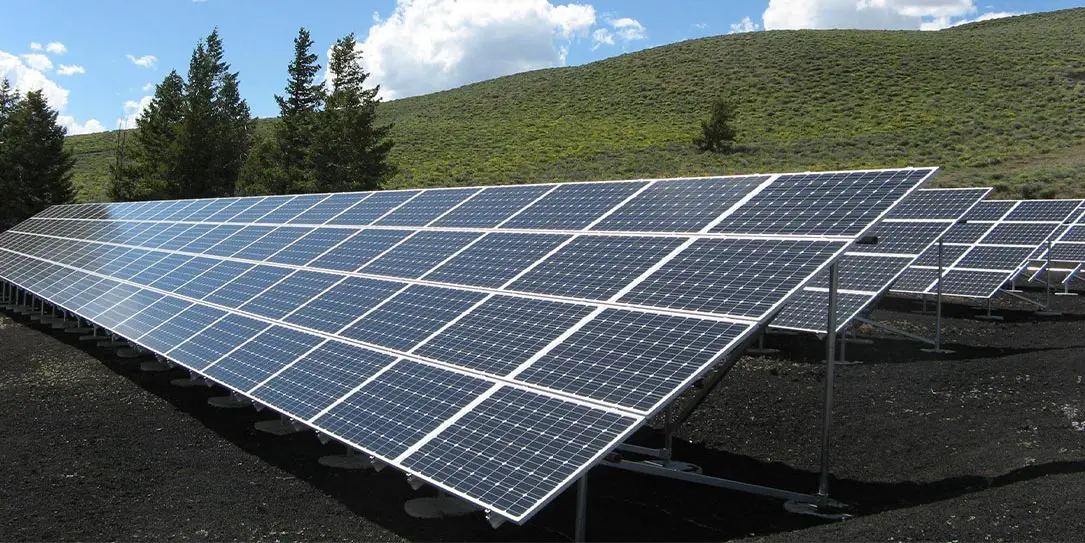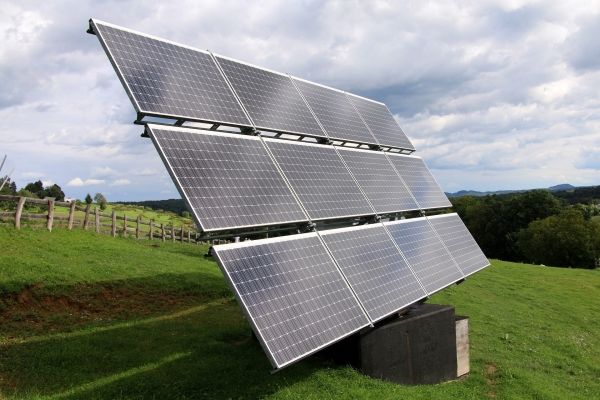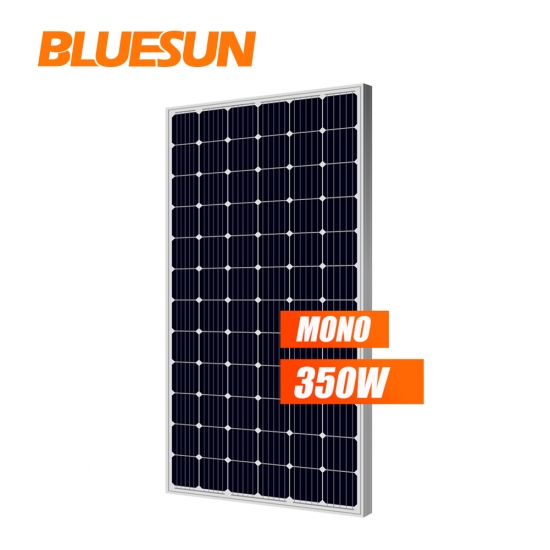Researchers aim to develop transparent or semitransparent solar cells with high efficiency and low cost to replace the existing opaque and expensive silicon based solar panels have become increasingly important due to the increasing demands of the building integrated photovoltaics bipvs systems.
Cost of graphene solar panels.
It is extremely strong and almost entirely transparent and also astonishingly conductive and flexible.
Graphene solar panels transparent electrodes cells.
The addition of microscopically thin graphene layers to solar panels is a wonderful innovation but there are still years of research ahead.
Most solar panels last for 50 years have a 25 year warranty and start generating a return on investment after 8.
The average solar panel payback period is 7 to 12 years and solar energy saves 600 to 2 000 per year on electricity costs.
An ultra thin graphene layer could help protect next gen solar panels.
There are currently many different variations of graphene based solar cells being researched today.
It is a 2 dimensional material with amazing characteristics which grant it the title wonder material.
However recent advances in graphene based solar cells have seen the reflectance of solar rays reduced by 20 which provides a potential efficiency increase up to 20.
In general solar cells are not that efficient.
The average cost to install solar panels is from 10 626 to 26 460 after tax credit for a 6kw to 12kw system to power an entire house.
Graphene and solar panels.
Moreover they envisioned a new manufacturing method that thanks to the versatility of graphene allows to reduce production costs and could lead to the production of large area solar panels.
The research done by the chinese team shows promise as a proof of concept but they were only able to achieve about a 6 5 efficiency in the rain compared to the typical average 20 25 efficiency that.
Graphene is made of a single layer of carbon atoms that are bonded together in a repeating pattern of hexagons.
Graphene augmented solar cell was able to.
Volume and significantly lower costs than traditional silicon solar cells.

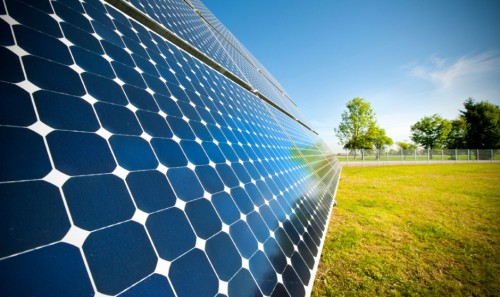
.jpg)



